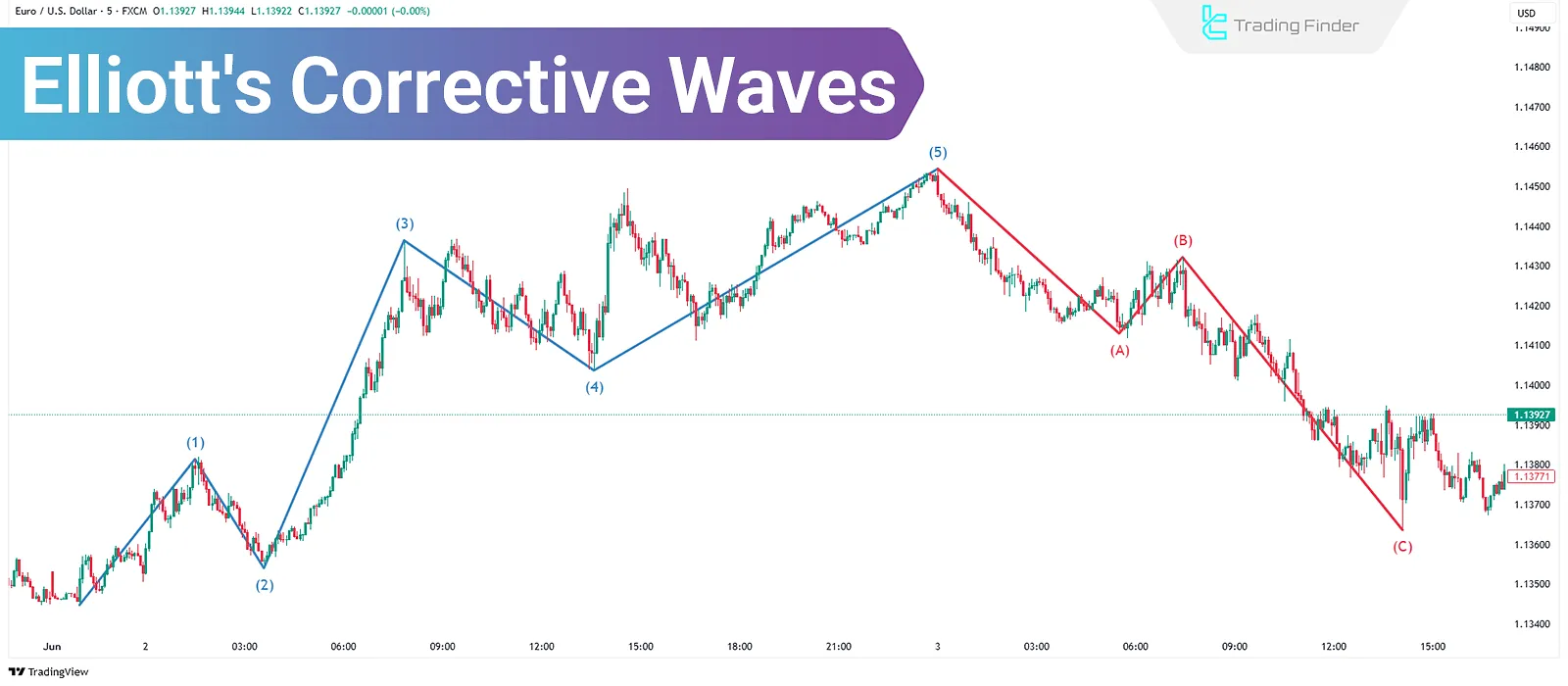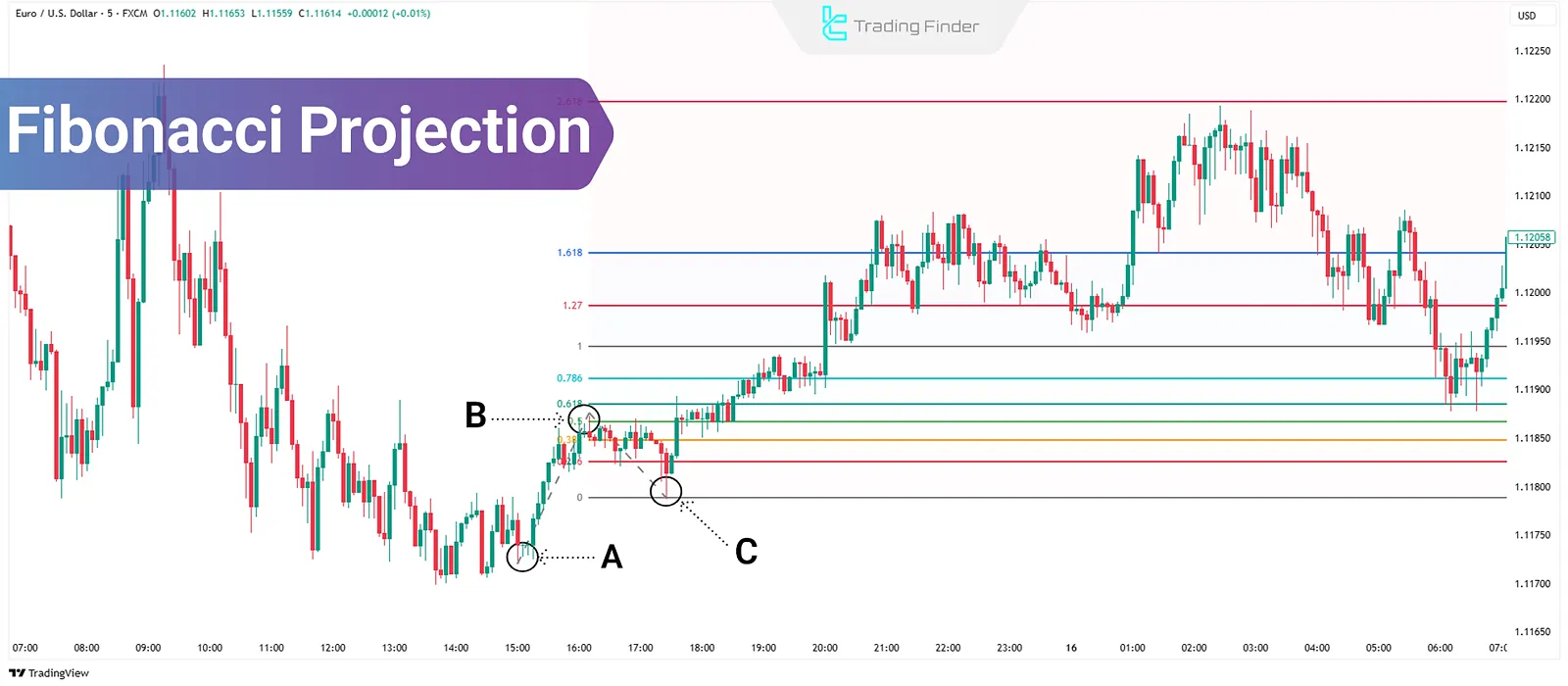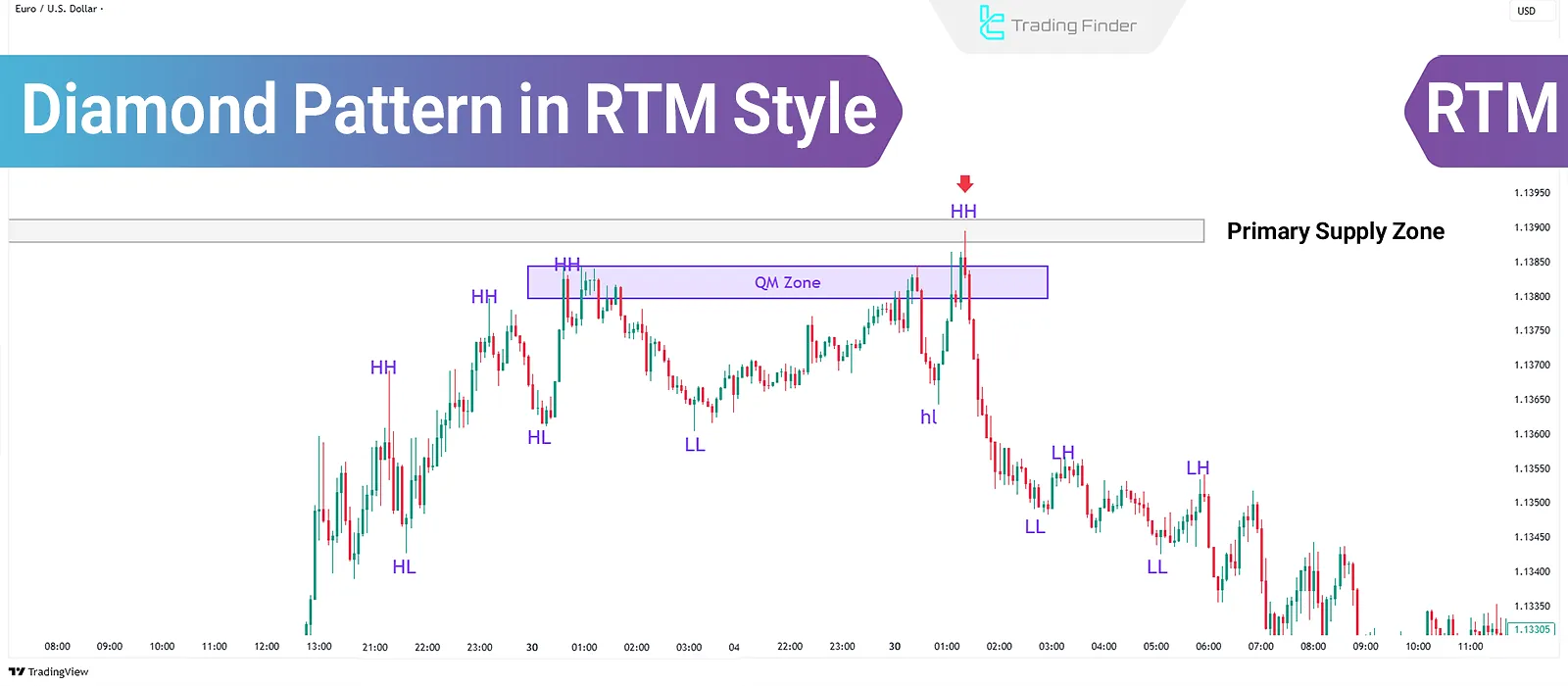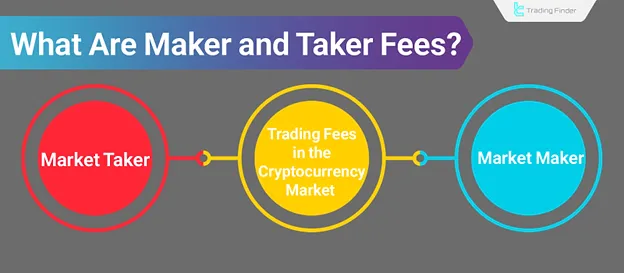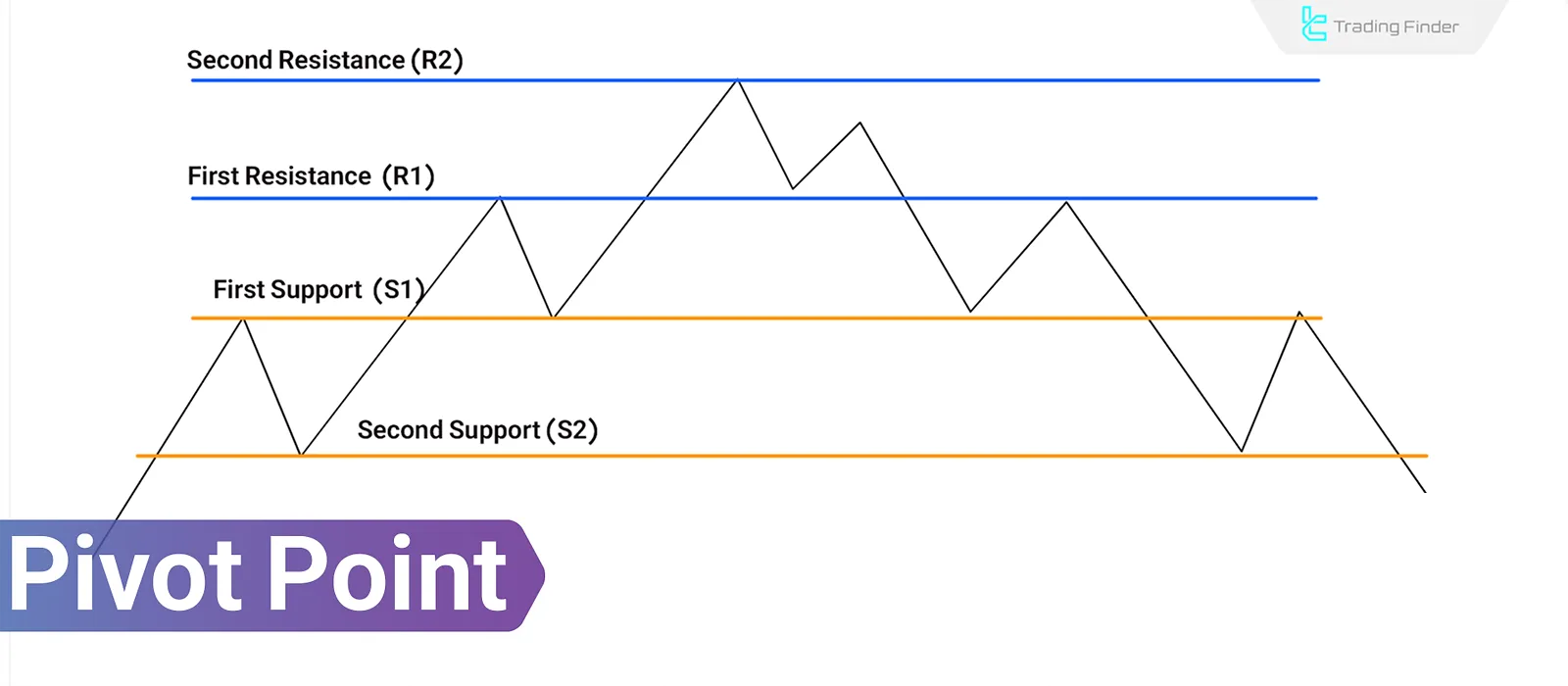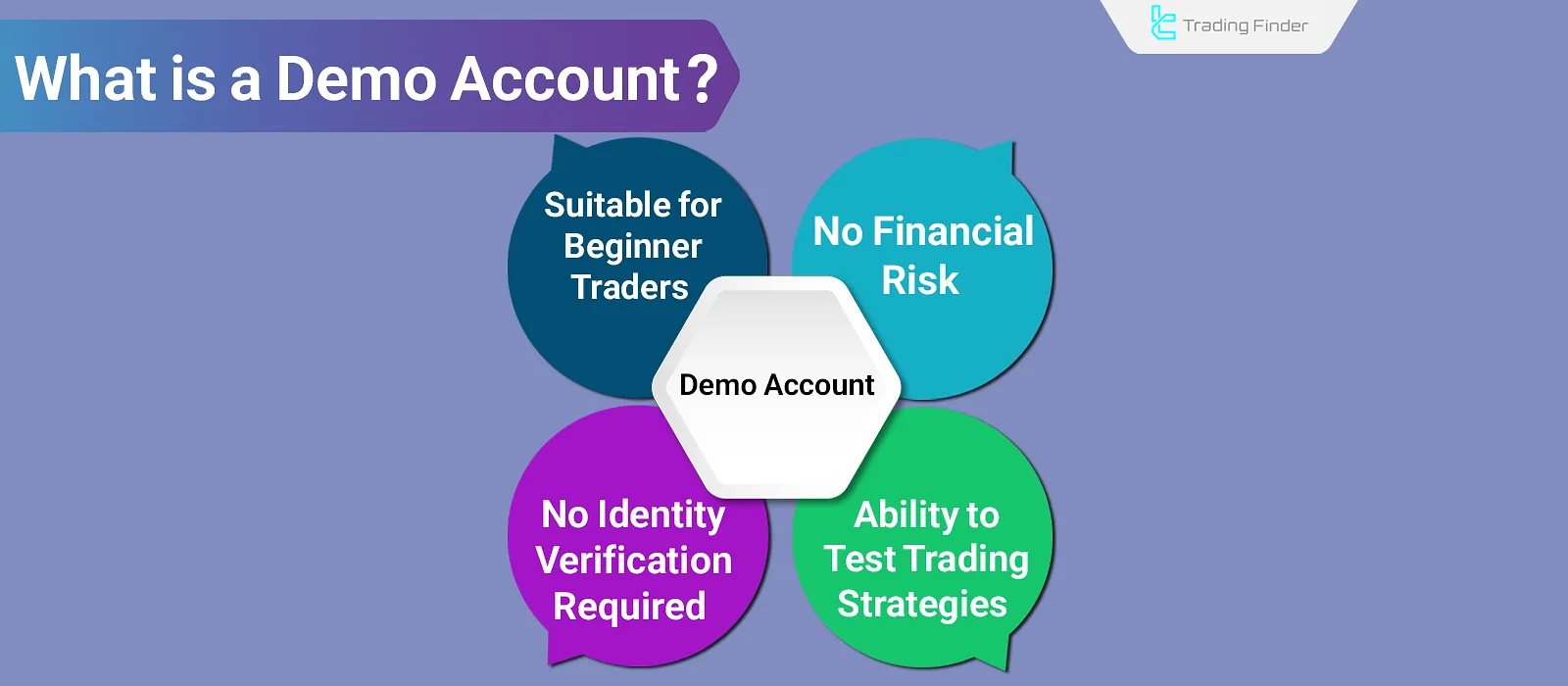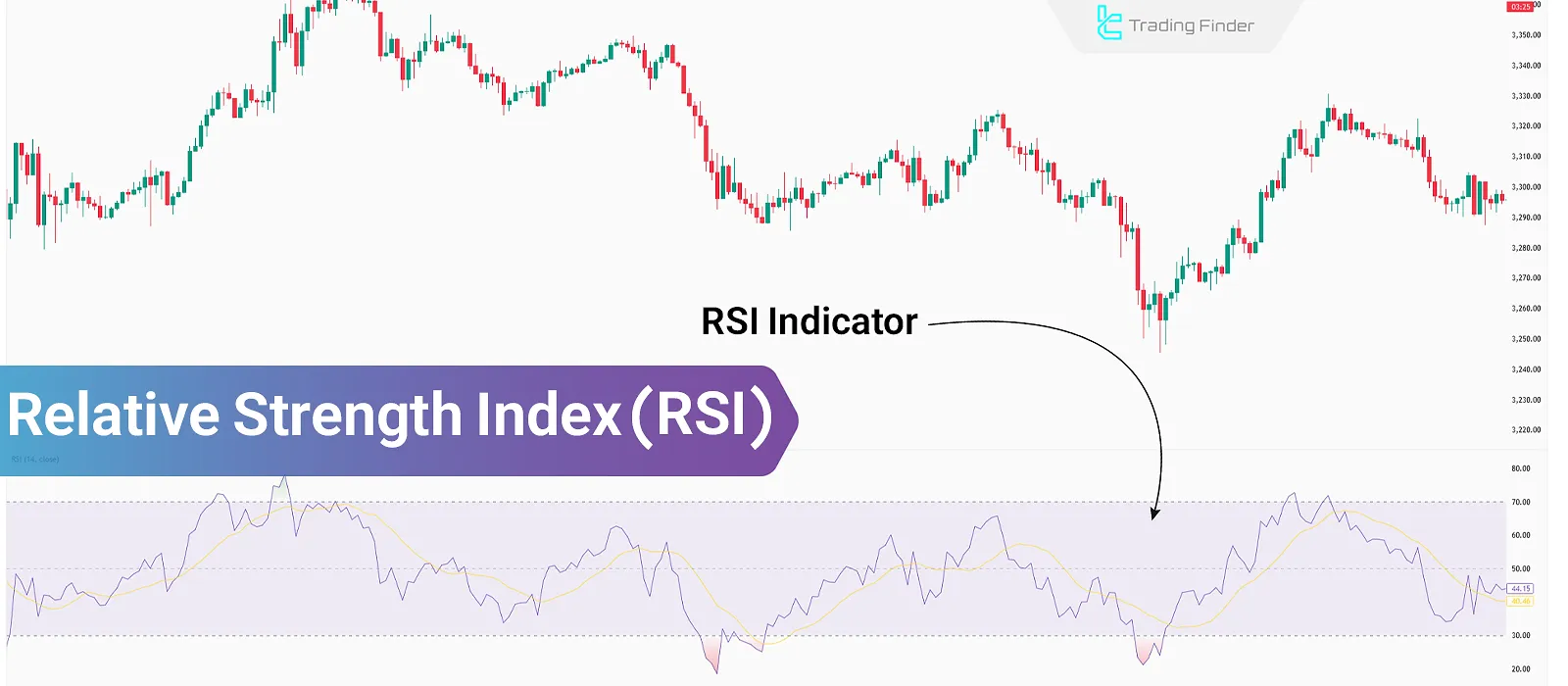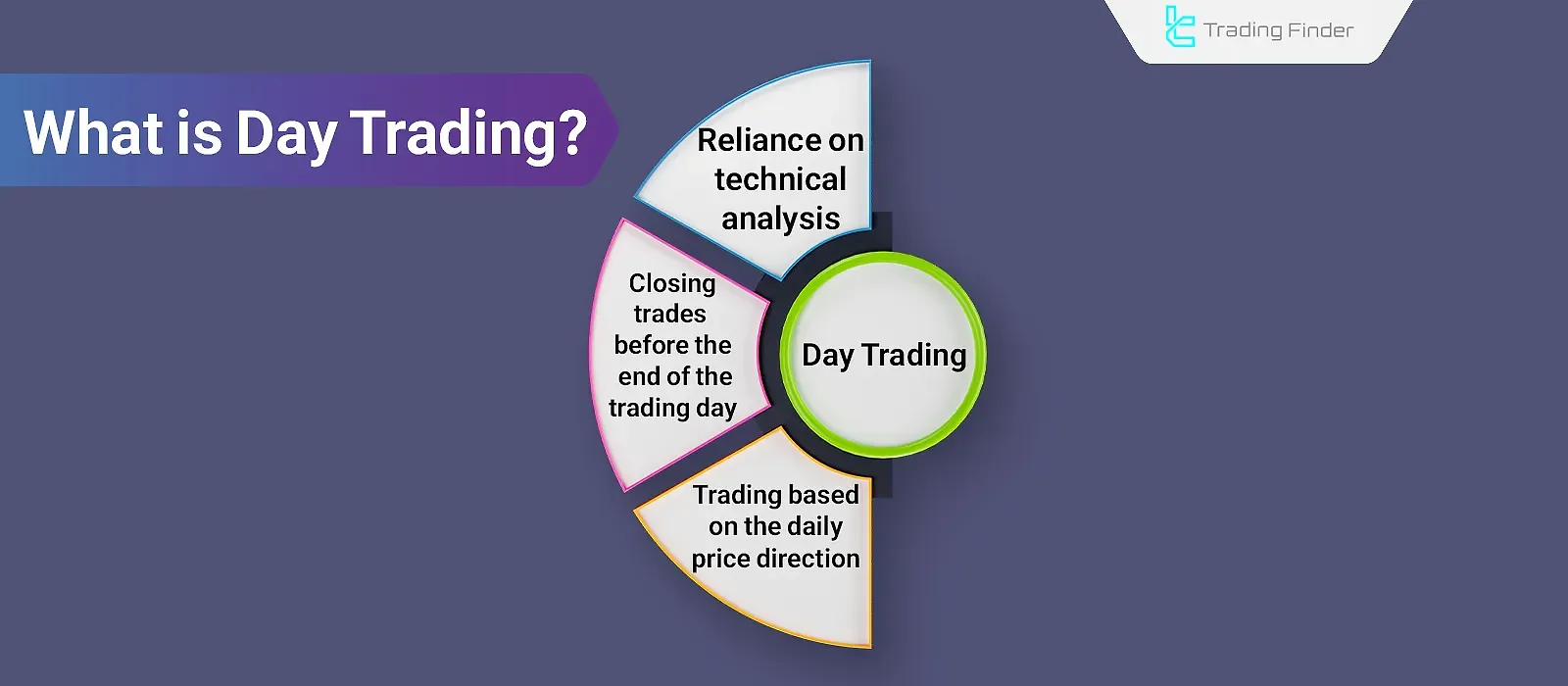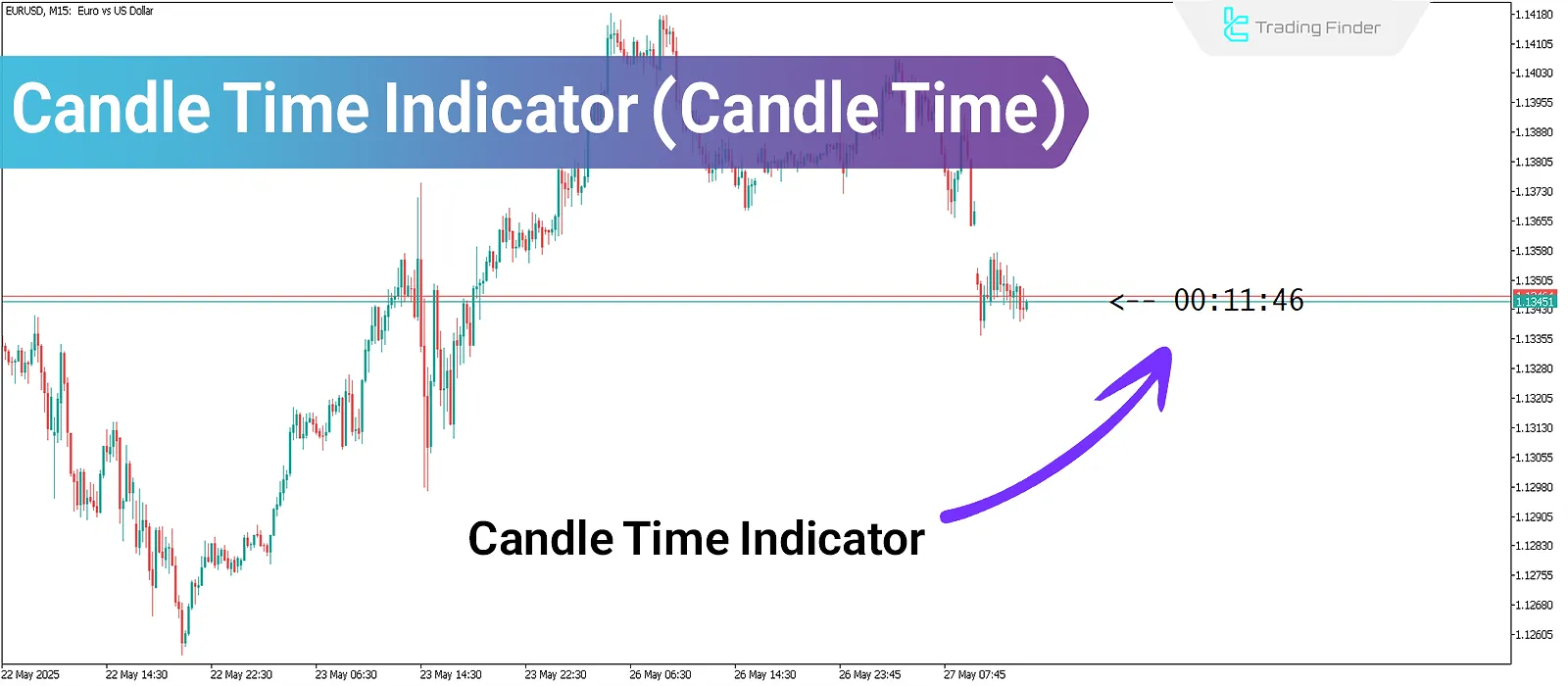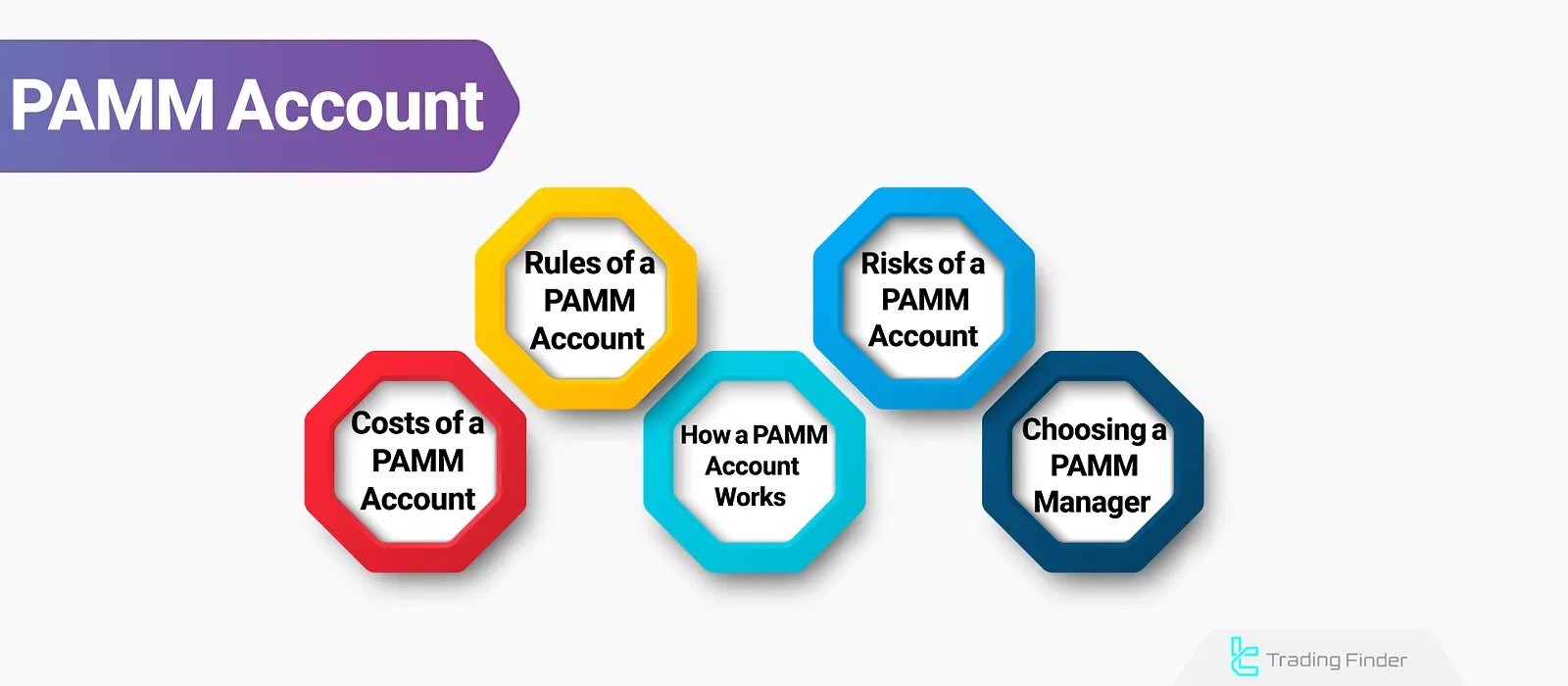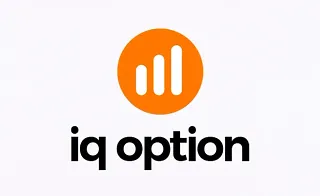- TradingFinder
- Education
- Forex Education
- Trading Education
Trading Education
Trading refers to the buying and selling of financial assets with the aim of making a profit from price fluctuations. This activity is based on three main pillars: market analysis, risk management, and selecting a trading style suited to market conditions and individual goals. Market analysis in TradingFinder is divided into two categories: technical analysis and fundamental analysis. In technical analysis, the focus is on price behavior, and the trader identifies trend structures, support and resistance zones, and uses charts, price patterns, indicators, and tools such as price action. In fundamental analysis, TradingFinder utilizes economic data such as interest rates, inflation reports, central bank monetary policies, and corporate financials to analyze the intrinsic value of an asset. Trading styles include scalping, day trading, swing trading, and position trading. The trading style is selected by considering the timeframe used, risk tolerance, available time for trading and type of target market.
Corrective Waves in Elliott Theory; Training on the Rules of Corrective Waves
Corrective Waves in Elliott Wave Theory are composed of three sub-waves and move against the prevailing trend. Unlike motive...
Fibonacci Projection Levels in Technical Analysis: Target Determination
Fibonacci Projection in technical analysis is a tool used to calculate price targets in the direction of a trend. By selecting...
What Is the RTM Diamond Pattern? Trading the Diamond Pattern in the RTM Style
The RTM Diamond Pattern is one of the main patterns in the RTM style that deceives both buyers and sellers. This pattern appears...
What Are Maker and Taker Fees? Difference Between Maker and Taker
When buying and selling cryptocurrencies on atrading platform, you must pay transaction fees. Generally, trading fees on crypto...
Double Top and Double Bottom – Classic Reversal Pattern
The double top and double bottom patterns are classified under classic reversal patterns in technical analysis. These patterns are...
Pivot Point in Technical Analysis: Entry, Exit, Stop-Loss, and Price Targets
A Pivot Point in Technical Analysis is a computational method that identifies key market levels for the next trading day based on...
What Is Demo Account? Differences Between Demo and Real Accounts
A demo account enables users to test and evaluate trading strategies without risking real capital, providing a safe way to enhance...
What Is RSI? Identifying Overbought and Oversold Conditions in All Markets
The Relative Strength Index (RSI) evaluates the strength of a trend by analyzing the open and close prices of candles over...
What Is Day Trading? Trade in the Direction of the Trend & Against It
In day trading, traders use technical analysis through various methods, such as ICT style and RTM style (Read The Market), to...
Candle Time Indicator: Free download and installation on MetaTrader
The Candle Time Indicator enhances trading accuracy across various timeframes and strategies, including scalping. With the Candlestick...
What Is a PAMM Account? Guide to Management and Investment in PAMM Accounts
In the Forex market, many investors prefer to use indirect investment methods due to a lack of sufficient knowledge or time to...
What Is Copy Trading? Review and Introduction to the Best Copy Trading Platforms
Copy Trading is a branch of social trading that allows novice traders and investors to automatically replicate the trades of a...
